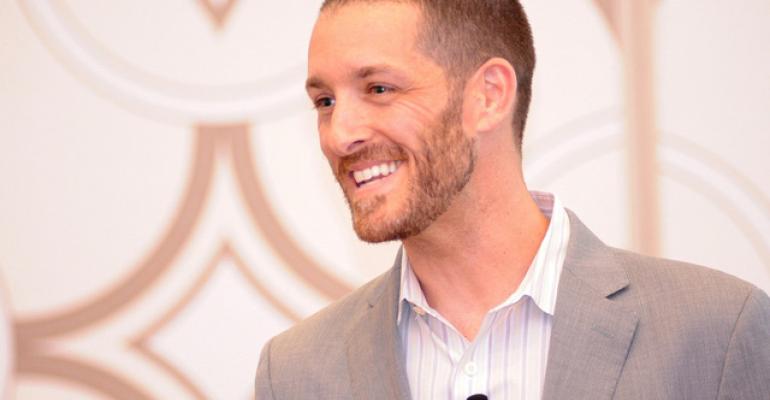“Ask not what your country can do for you; ask what you can do for your country.” Those words spoken decades ago by John F. Kennedy challenged us to look beyond ourselves and to the needs of the greater community. Those words also spawned what has been called the most civic-minded generation ever, as Americans young and old took to the streets of their communities, dedicated to lending a hand.
I first started volunteering with youth groups in middle school and high school, and have continued service-oriented activities ever since. Often, we see the value of our experiences in hindsight, and my experience with volunteering is no different. Looking back, I see that volunteering gave me insight into parts of my community that I didn’t know existed, and interactions with people benefiting from of the service projects made the experiences all the more real, memorable, and seemingly more important.
This emotional connection to volunteer experiences is, to me, what draws people to continue to give back again and again. It is also what I believe forms the foundation of the greatest myth about CSR during meetings and events: that community service must happen out in the community to be effective.
With the limited time meeting planners have on their agendas for non-business content, the thought of going out into the community to engage in a community service experience is typically tabled in early stages of planning. Who has four to six hours (with transfers and traffic, possible meals, etc.) required for a meaningful experience? So is it impossible to integrate meaningful community service into the meeting agenda?
Absolutely not. The key to any successful, memorable, and meaningful community service experience from the participant perspective is in awareness building and creating a connection to the organization benefitting from their actions. Both of these goals can be met with events that take place on site at your meeting venue in two hours or less—sometimes much less.
Raising Awareness
Raising awareness is best done when the message is delivered by the beneficiary organization itself, via a representative or volunteer. However, enhancing this with moving images from a DVD presentation set to music adds great value.
For example, participants at an incentive created “Mold & Mildew Removal Kits” in the aftermath of Hurricane Sandy. As participants arrived in the meeting room, the lights dimmed and presentation screens lit up with the recognizable logo of the American Red Cross. What followed was live footage of Sandy, with firsthand accounts of the hurricane’s devastating impact. Participants at the event got a firsthand look at the population they would assist, learned about how the American Red Cross was responding to the disaster, and how their donations fit into the relief efforts, all by way of a four-minute video presentation. Coupled with real facts and figures from a Red Cross representative about the organization’s work across the U.S., participants not only made a difference, but also went home with direct knowledge about the great work of a longstanding American nonprofit.
Create a Connection
The most obvious way to create a connection with beneficiaries during a hotel-based event is through face-to-face interaction with them. An oft-implemented example is the famed “bike build for charity,” in which participants are rewarded for their efforts in building bicycles by meeting the very children they are meant for, right in the ballroom.
One of the most meaningful community service experiences I have ever been a part of involved a client giving back to the Murphy Family of Atlanta, Georgia. John and Jeannette Murphy have opened up their home to 23 children with special needs since adopting their daughter Shannon in 1983. Twenty-three!!! Their children have various disabilities, including Down Syndrome, autism, and heart defects. When a client holding an executive board meeting elected to help this family with some basic furniture and storage needs for their home, they first “met” the Murphys via video footage of the family from a local news report. When all items were built and individual gifts for each child wrapped, the surprise ensued when all 23 children entered the ballroom with their parents, and the attendees had the amazing opportunity to personally hand over gifts to the children and speak to John and Jeannette about their remarkable spirit. The family members and the participants were completely engaged and the energy in the room palpable. This wasn’t a simple handshake and gift donation, it was a moving moment shared by all with bonds created in mere minutes.
At the end of the day, meetings and incentives attempt to create memorable moments for attendees to recall long past the event itself. Community service reinforces that goal and can fit into your agenda if you keep it on site. Don’t be fooled by the myth that you have to go off-site for meaningful community service experiences. “Ask not what your event can do for you, but what you can do for your event destination’s community!”
Find more information at the Impact 4 Good Web site, where you can search for activities by cause, from hunger, to children and families, to childhood obesity, and many others. Or find activities that fit in your agenda no matter how much—or how little—time you have available.




